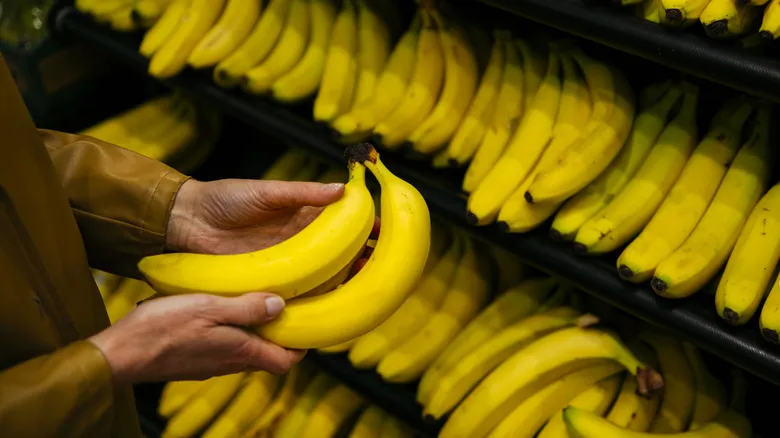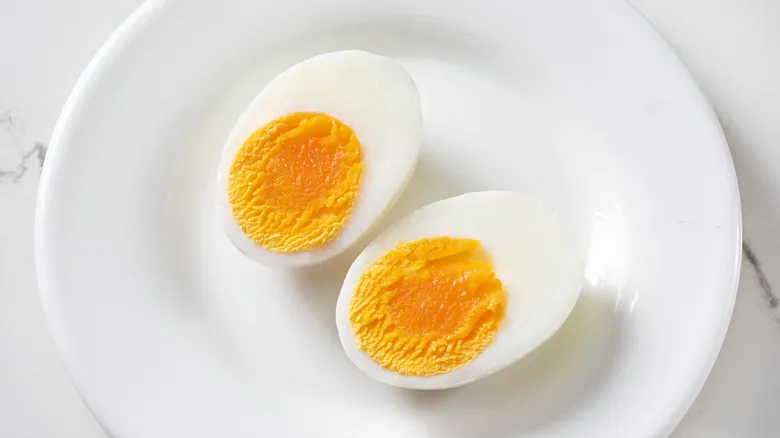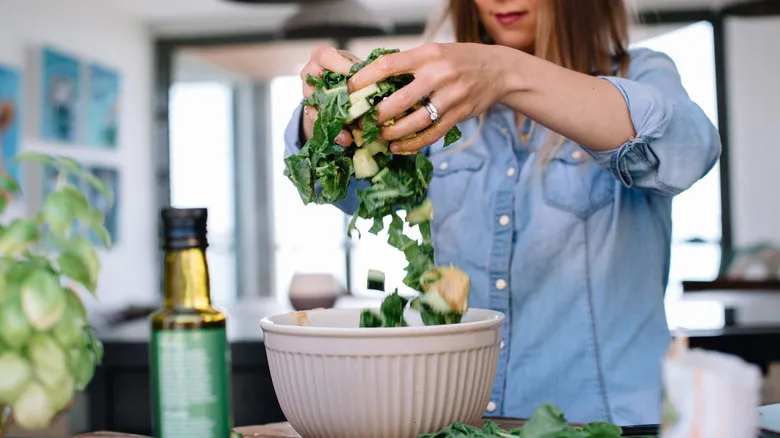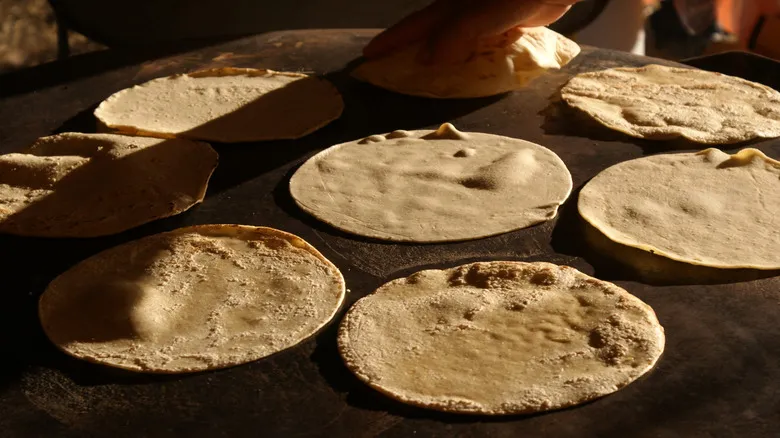The refrigerator has a major impact on fruit and vegetable storage

The refrigerator provides a chilly environment, and the crisper drawer can either reduce or increase humidity based on airflow. Most fruits thrive in a low-humidity crisper drawer, as it helps slow down moisture loss (with a few exceptions like watermelon and berries). This low-humidity drawer is also ideal for fruits because many of them emit ethylene, a gas produced by certain plant cells that accelerates the ripening of other produce. It’s crucial to keep high-ethylene-producing foods separate from others, making two distinct drawers necessary.
Many green vegetables, such as broccoli and asparagus, along with others like eggplant, require higher humidity and should be kept away from ethylene-producing fruits. These types of produce should be stored in a separate, non-vented crisper drawer, as the absence of vents helps maintain a high-humidity environment. Lastly, pre-cut fruits and vegetables must always be refrigerated, as their exposed surfaces can easily harbor bacteria and pathogens.
Some fruits and vegetables don't like the refrigerator

While the refrigerator is advantageous for certain fruits and vegetables, many actually flourish at room temperature. For instance, it's well-established that tomatoes lose their texture and flavor when exposed to cold air. Consequently, refrigerating tomatoes results in mushy, tasteless fruit. It's best to keep them at room temperature. Similarly, fruits like bananas and uncut pineapples ripen better when not refrigerated. Some fruits, such as apples and citrus, can be stored at room temperature but will have a longer shelf life in the fridge.
Several vegetables also thrive in a room temperature setting, maintaining their ripeness, fresh flavor, and texture. Garlic, for example, quickly loses its freshness when exposed to moisture and light—conditions it would encounter in the refrigerator. Therefore, it's best to store garlic in the pantry alongside onions. Potatoes are another vegetable that should be kept at room temperature. Interestingly, cold temperatures can alter their metabolic structure, leading to a sweeter taste over time. For optimal flavor, store potatoes in a dry, cool place like the pantry. Ultimately, effectively storing fruits and vegetables hinges on understanding how temperature and light affect each type of produce.
Recommended

What's The Best Way To Store Hard Boiled Eggs?

The Easiest Way To Keep A Grilled Cheese Warm On The Go

The Step You Should Take Before Tossing Out Your Expired Salad Kits

The Ingenious Prep Step You Need To Take Before Freezing Tortillas
Next up

